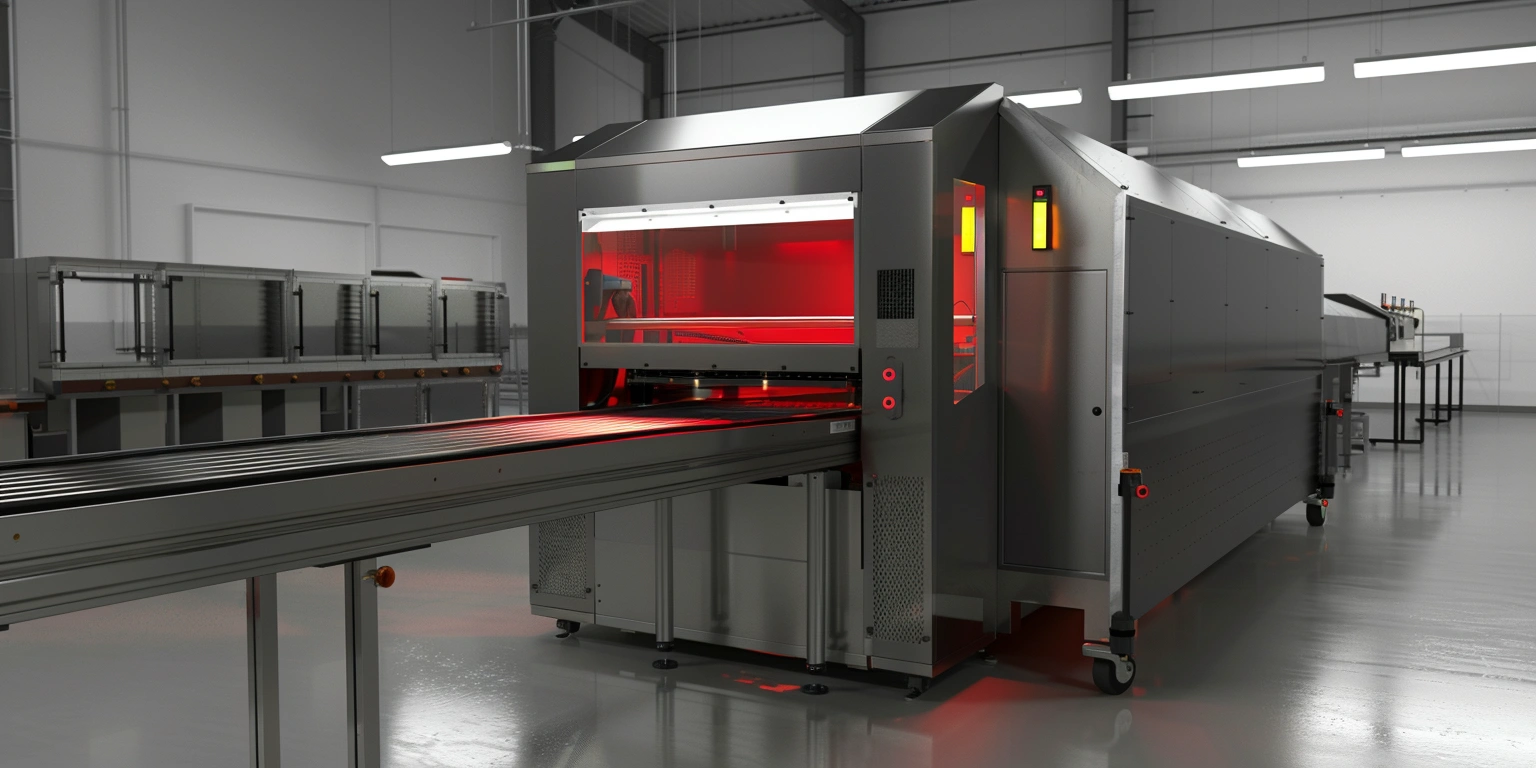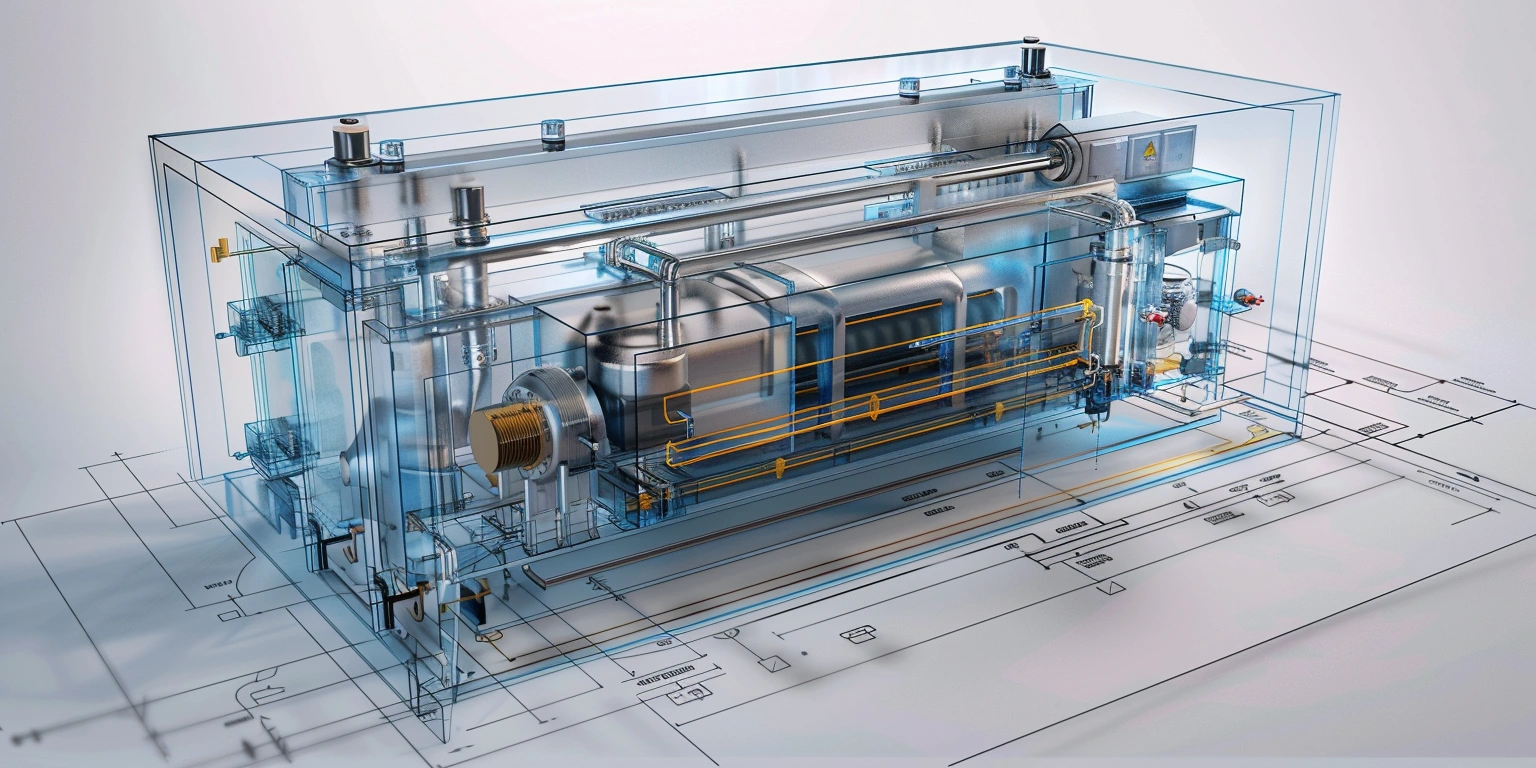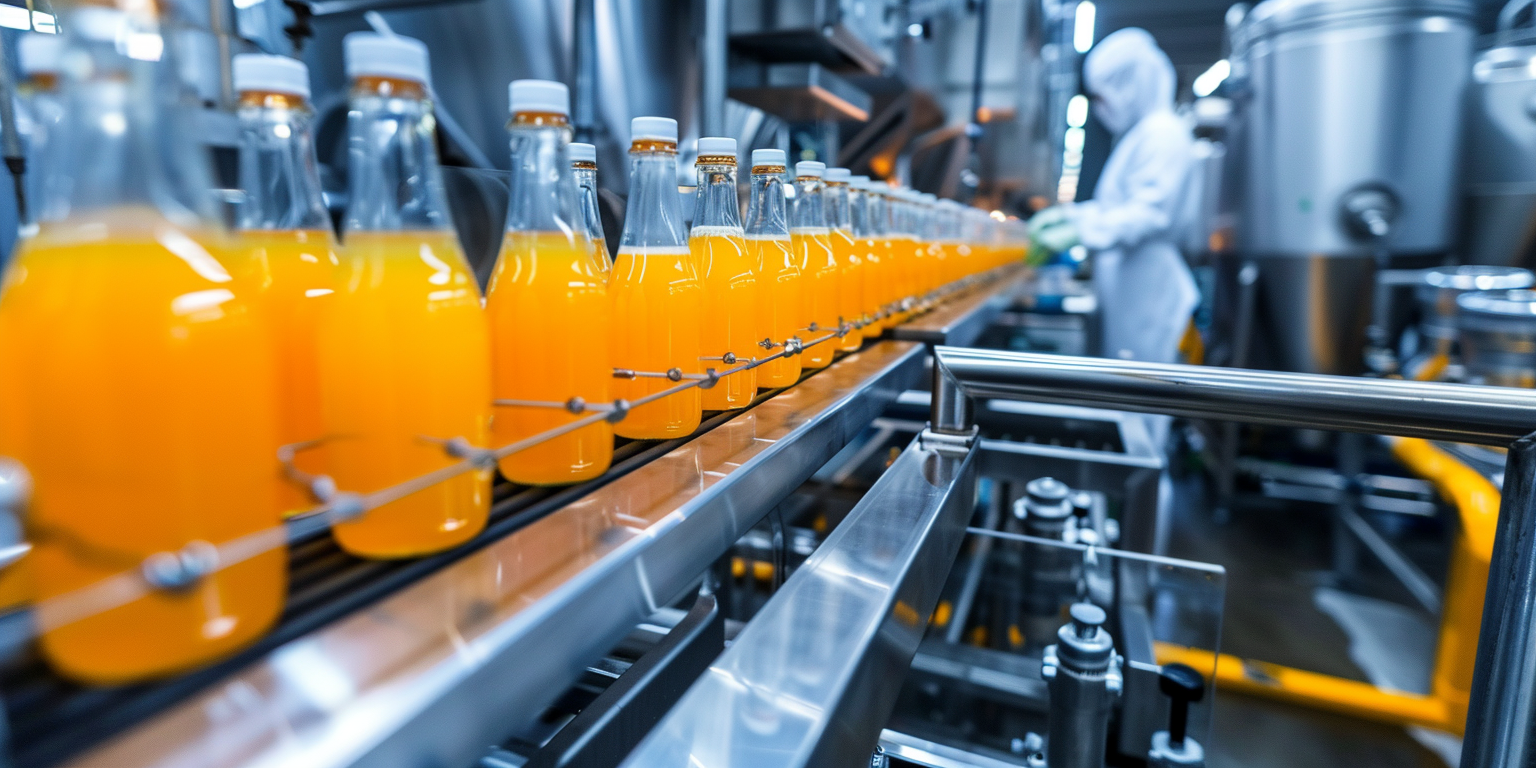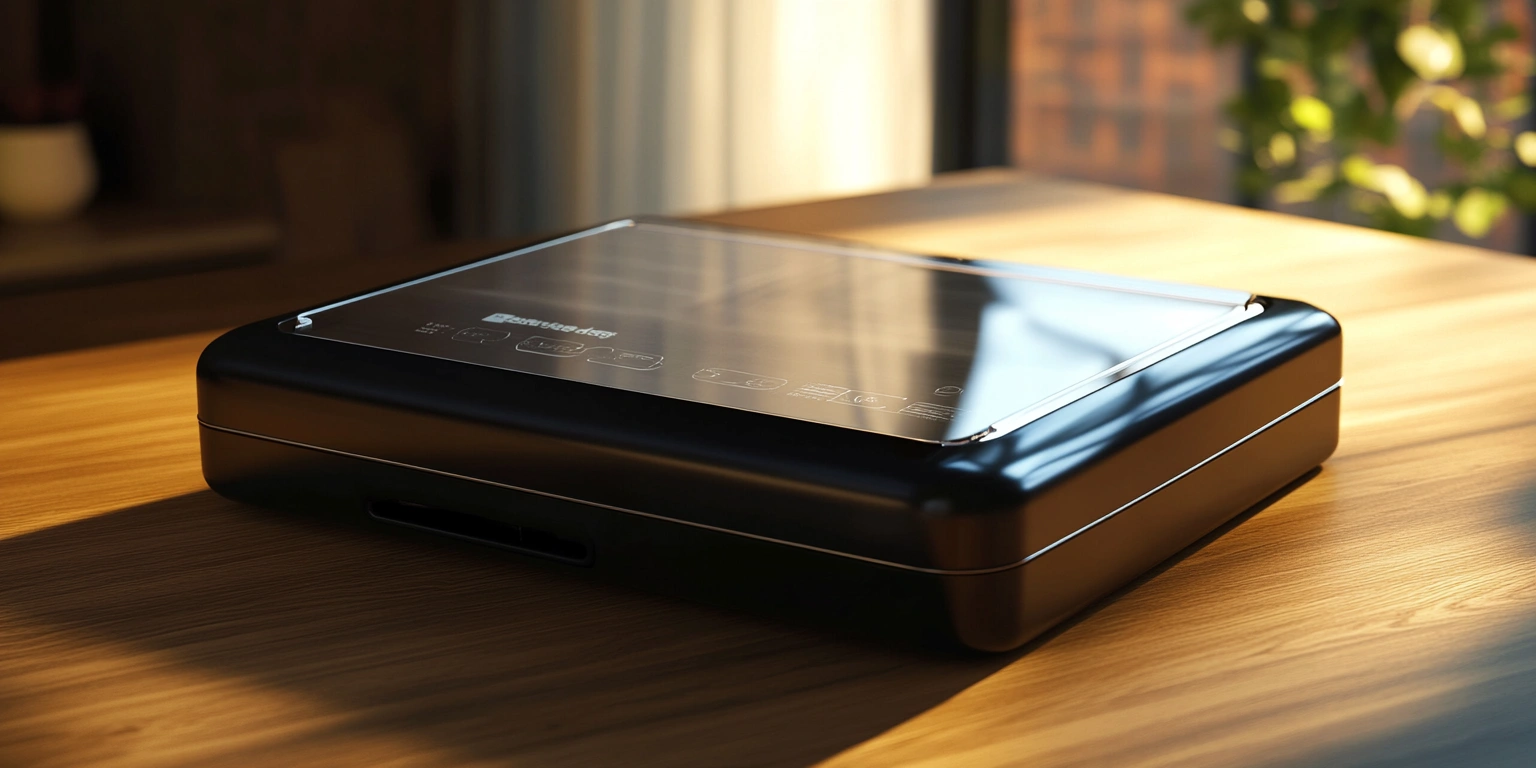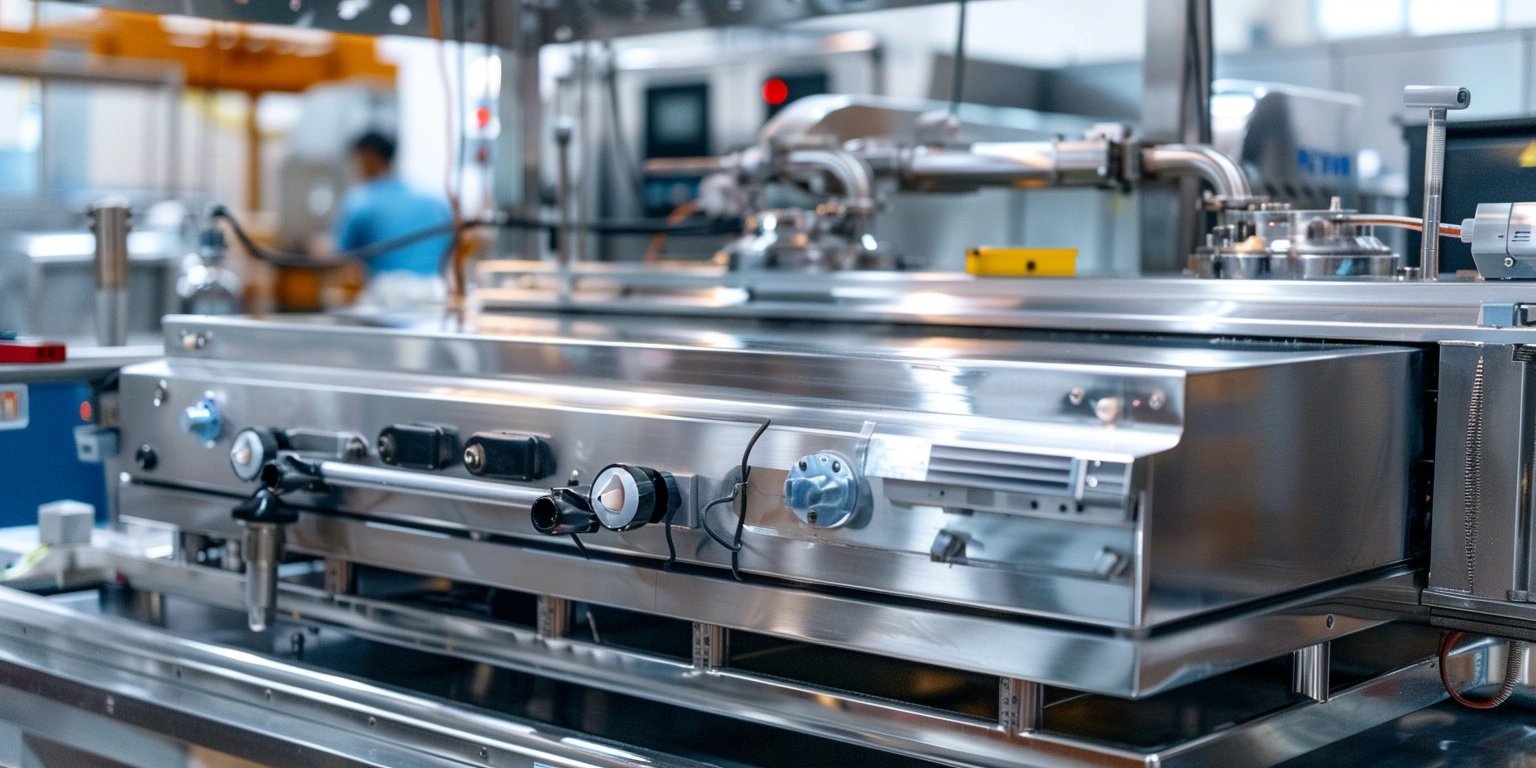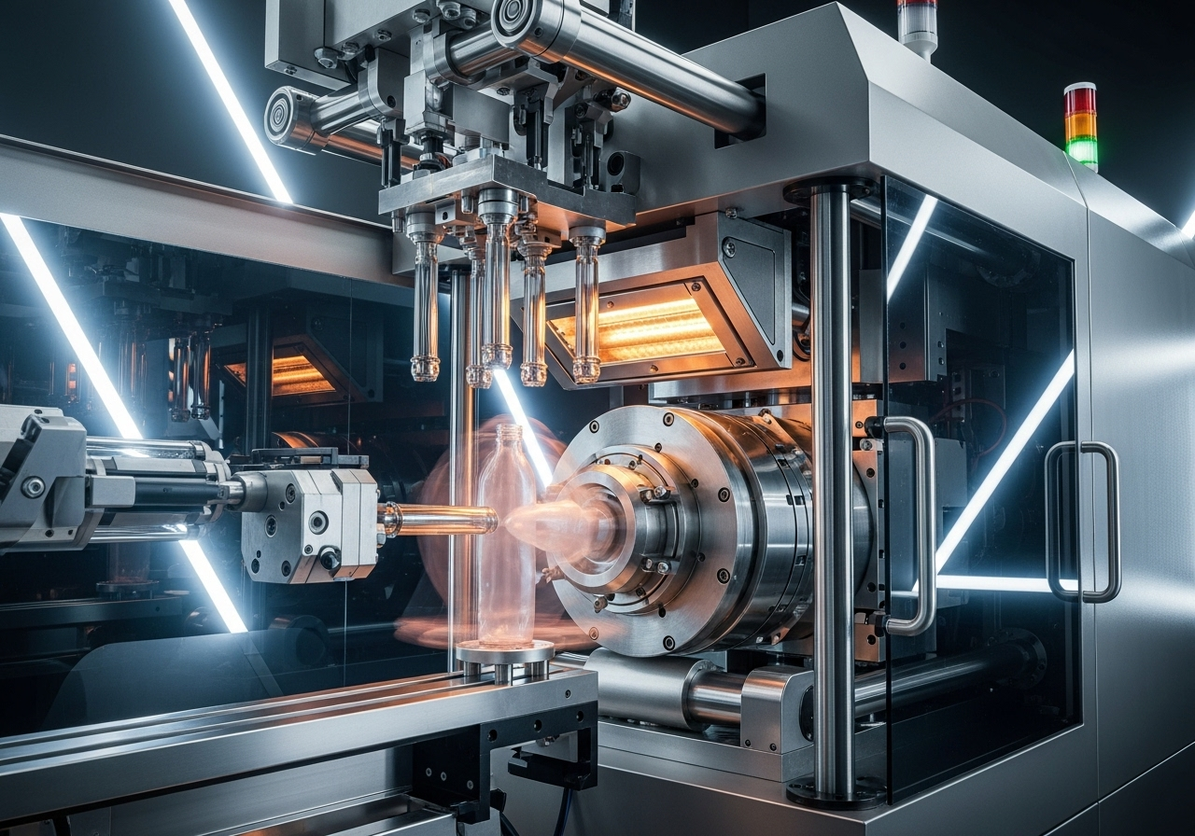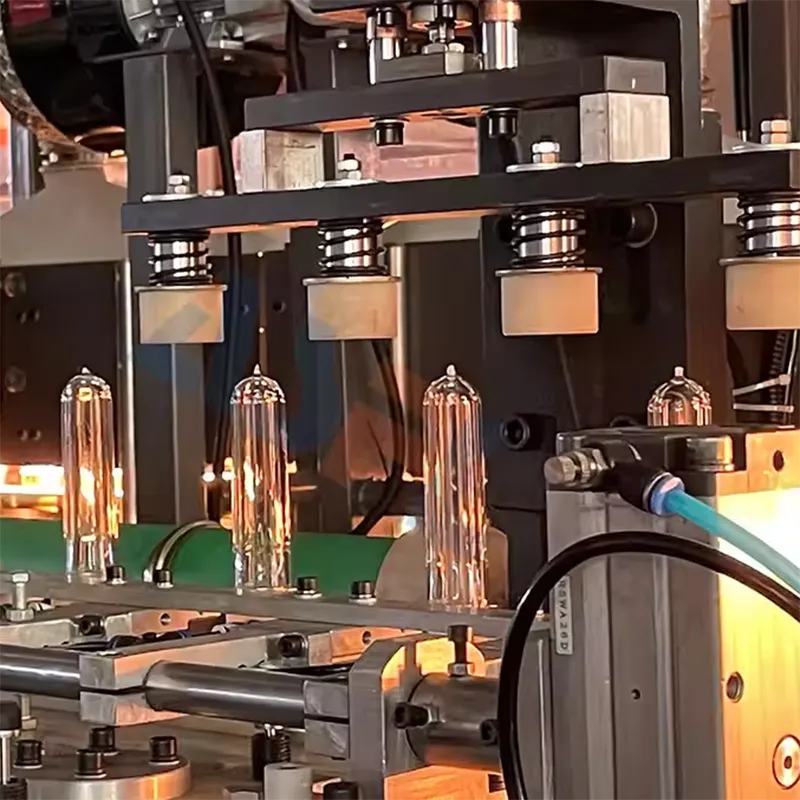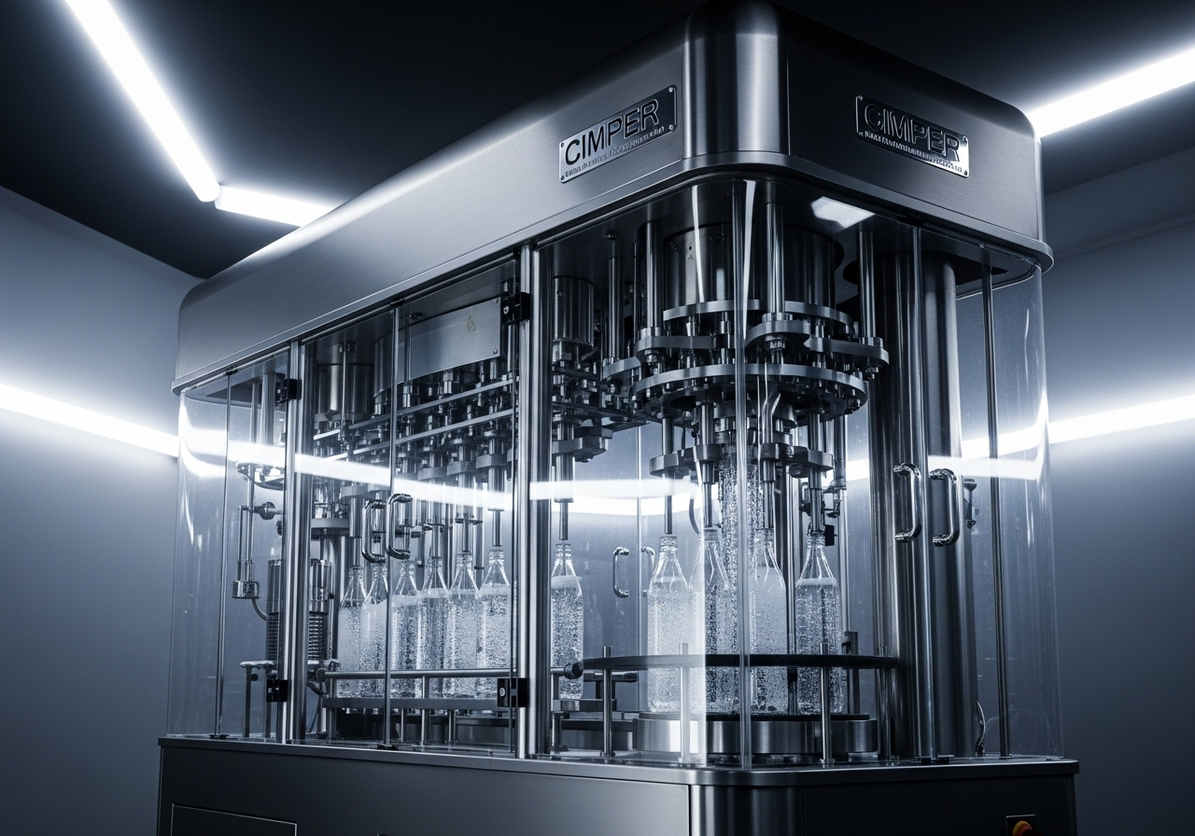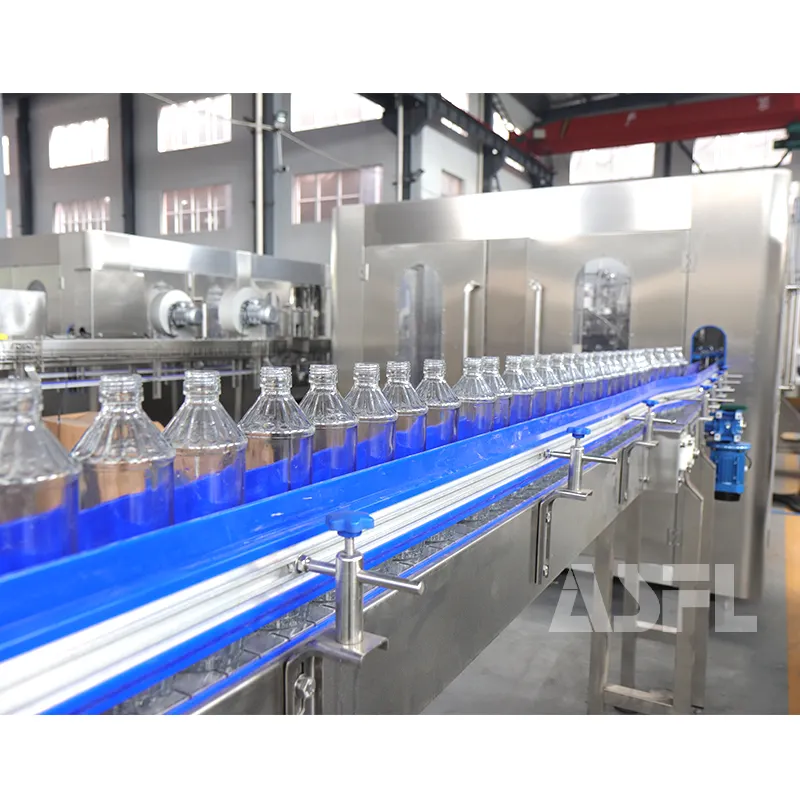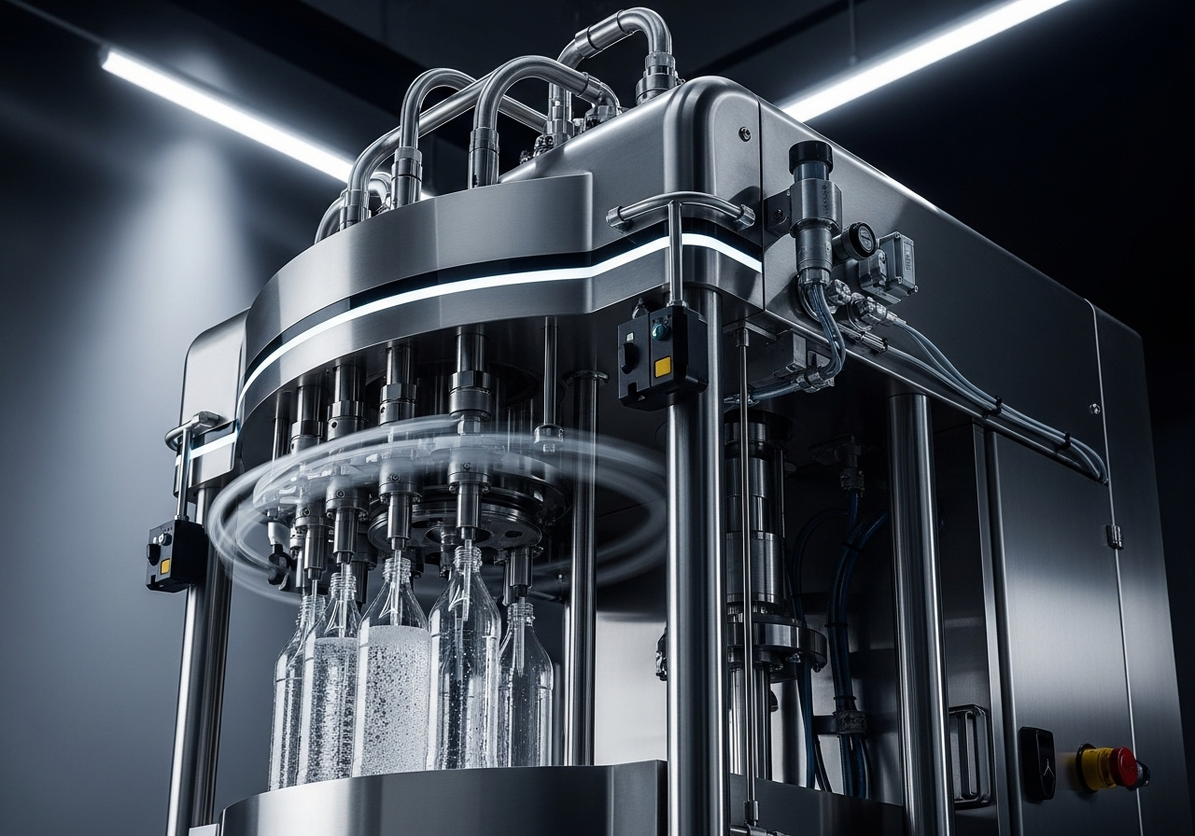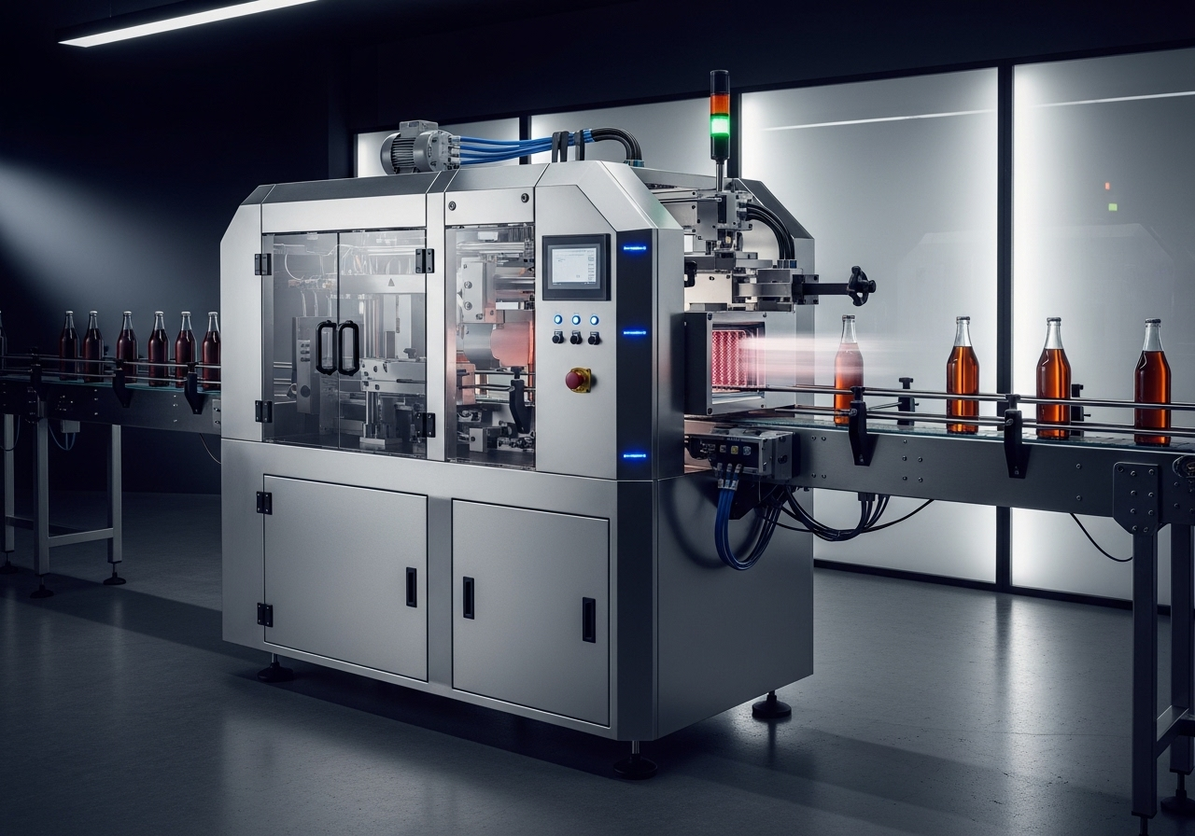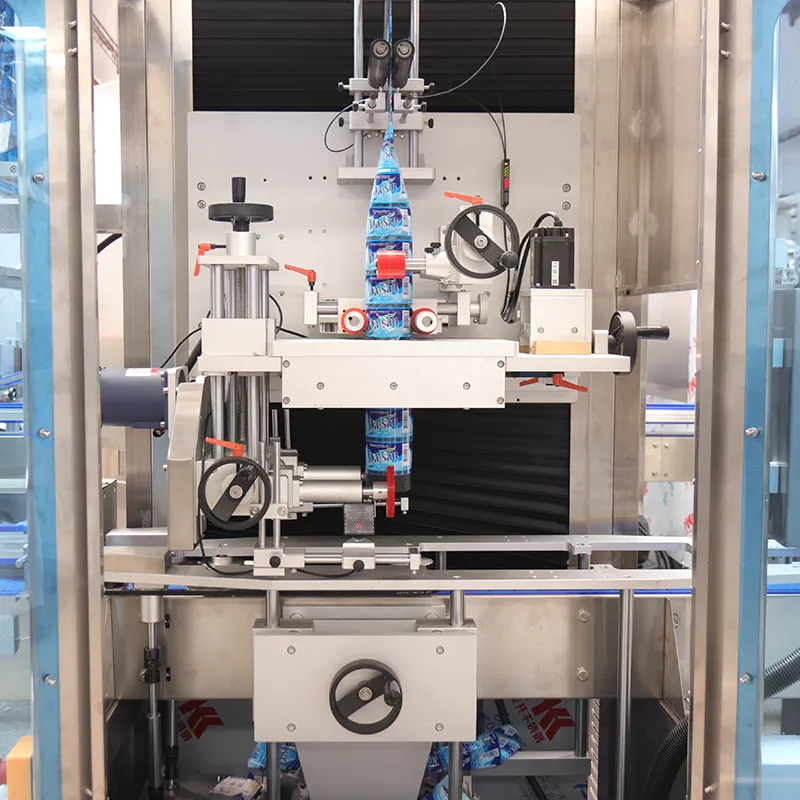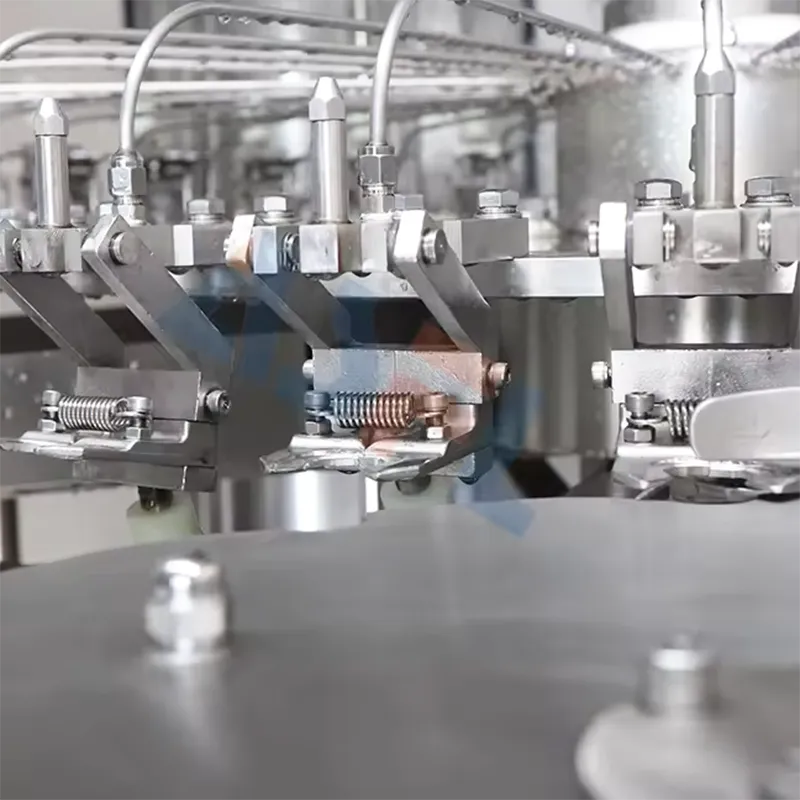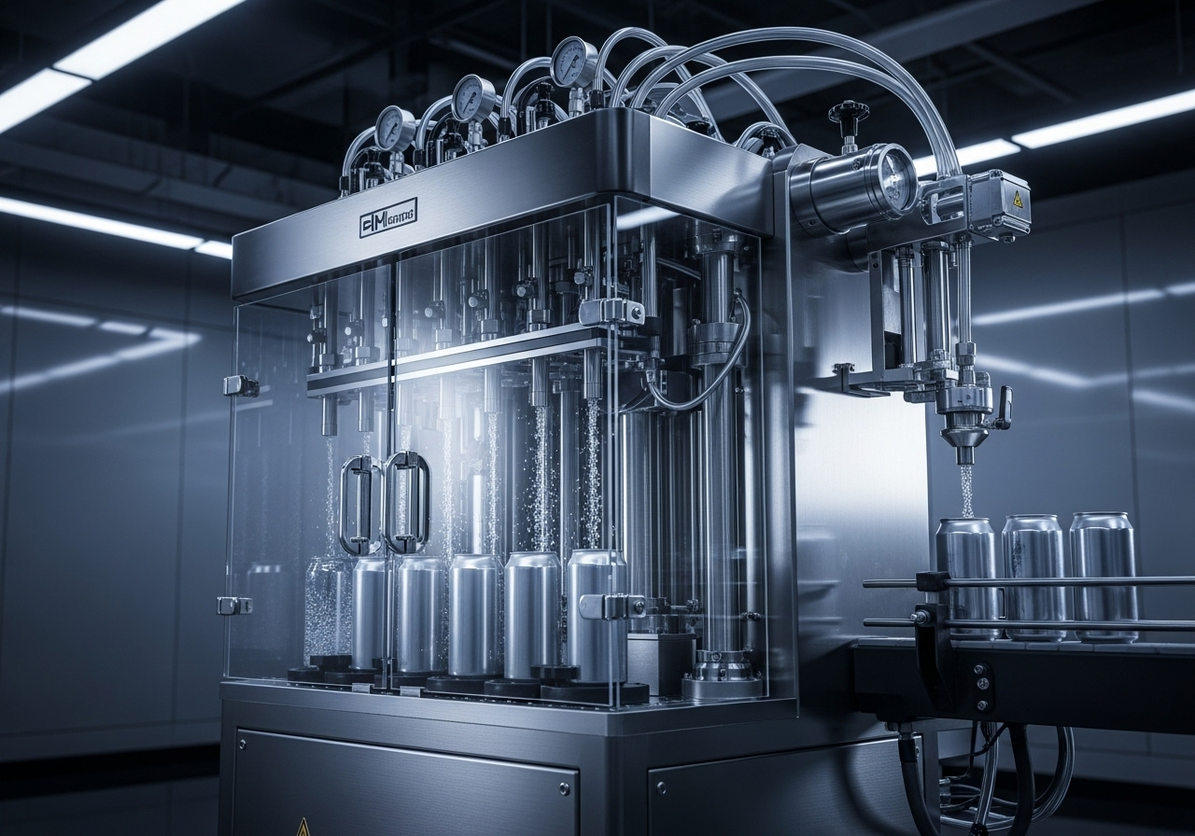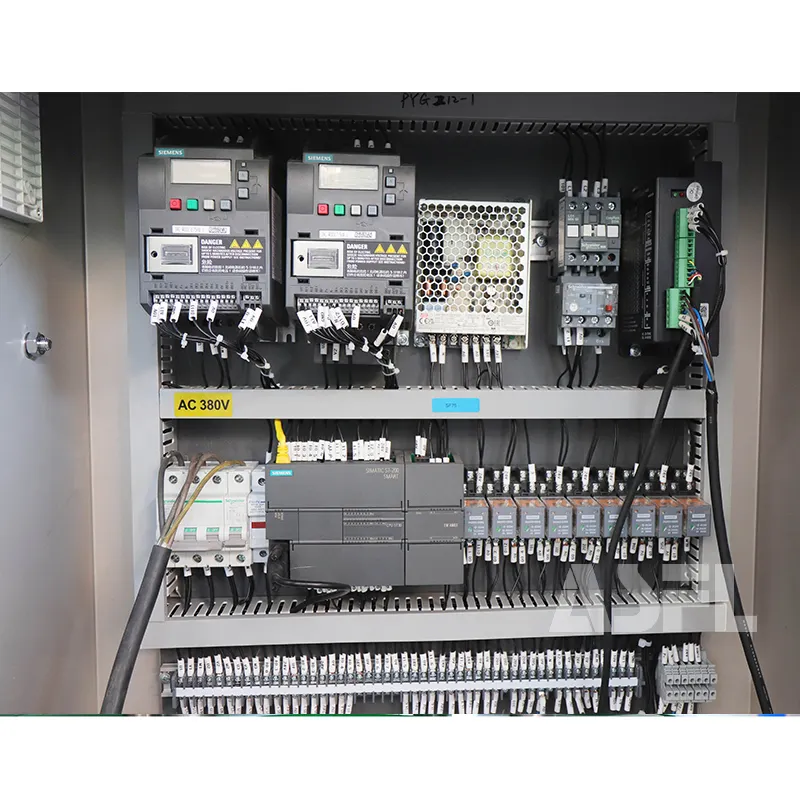The ASFL Modular Vacuum Sealer System is built for plants that need dependable sealing without turning every purchase into a science project. If you're juggling short runs, tight labor, and auditors who don't miss a thing, the gear has to earn its floor space fast. That's the bar I use when I green-light any new packaging machine.
What pushed me to look at a modular platform was simple: I needed a clear path from today’s demand to next year’s growth without swapping the whole line. The risk wasn’t about hitting nameplate speed—it was about unplanned downtime, slow changeovers, and spare parts that take weeks to arrive. If a unit can't show a realistic payback and keep the night shift out of trouble, it's noise.
Below is a straight, plant-side view of how this system is put together—what the specs mean in real life, how changeover actually works when the schedule turns messy, and where it fits in day-to-day food and beverage use. No glossy promises; just what matters on the floor.
Core Technical Specifications
Chamber configurations range from single to dual, with seal bars in the 310–610 mm (12–24 in) span. Standard double-seal profiles are 3–5 mm with optional cut-off. Vacuum levels down to roughly −90 kPa are typical, driven by rotary vane pumps sized 8–20 m³/h for small to mid-volume work; oil-free options exist if your QA prefers them. A gas-flush kit (up to about 0.5 bar over ambient) mounts cleanly and doesn’t crowd the operator. For rigid packs, a dedicated adapter supports the jar ASFL vacuum sealer use case without awkward fixtures.
Power is straightforward for North America: 120 V/60 Hz single-phase (15–20 A) on compact units, or 208–240 V/60 Hz for heavier duty. Controls ride on a small PLC with a 7-inch HMI—recipes, lockouts, and vacuum/time profiles are all there. Enclosures can be specified to NEMA 4 or 4X if your sanitation team is strict; the frame is 304 stainless with sloped surfaces to keep water moving. UL/cUL electrical conformity is standard, and food-contact components align with common NSF expectations. If you’ve been comparing consumer or prosumer units like a lem maxvac 100 vacuum sealer just to get a feel for the landscape, keep in mind this is an industrial platform—same principle, very different duty cycle and service model.
Service access isn’t an afterthought. Seal bar Teflon tape swaps take about 15–25 minutes once your techs know the routine. Pump oil changes are scheduled by hours, not months; most shops land around weekly checks and quarterly changes, depending on duty. Wear items are standard sizes you can stock locally. I like that nothing requires gymnastics to reach—front and top access points keep maintenance in the aisle, not under the frame.
Changeover and Setup Features
Tooling is color-coded and largely tool-less. Recipes tie vacuum stages, seal time, and gas flush to a SKU; scan the barcode, and the HMI loads the setpoints with operator notes. If you’ve skimmed anova precisiontm vacuum sealer pro reviews, you’ll see talk of presets—same idea, but with audit trails, role-based permissions, and a change log that keeps QA satisfied. For us, the practical win is simple: new operators are less likely to improvise, and supervisors can see what actually changed.
On a mixed-SKU schedule, the platform keeps setups grounded. Operators pivot from a flat pouch to a gusseted one by swapping a guide and toggling a recipe; that’s the bulk of it. In our shop, jobs that once lived in the 12–18 minute window now land in single-digit minutes, assuming bags and labels are staged. It’s not magic—poor prep still hurts—but the machine flow helps. I’ll take fewer knobs to turn any day.
Food and Beverage Applications?
Day to day, this system fits protein, cheese, coffee, and ready-meal components. If your buyers are asking what is the best foodsaver vacuum sealer when they do their own research, steer the conversation to cycle control, sanitation, and serviceability—that’s where a plant wins or loses time. With moisture-heavy loads, the chamber profile and a gentle ramp on vacuum keep purge in check; a brief gas pulse helps appearance when marketing cares about paneling.
Glass is a special case. We’ve run condiments and ferments in small formats using a jar adapter. I’ve even had a scheduler send me a screenshot of someone searching “mason jar ASFL vacuum sealerealer near me.” It’s a fair nudge that retail teams want flexibility. The platform handles that, but we set clear rules: inspect jars, control headspace, and keep temperature swings sane. The adapter keeps the seal clean without makeshift spacers.
Know the limits. Hot fills at near-boiling need time before vacuum or you’ll fight blow-off and panel collapse. Paper–poly laminates vary widely; if the laminate is thin, expect to tweak seal profiles to avoid char. And when a new SKU shows up at 3 p.m. on a Friday, run a brief DOE on seal time and vacuum stages and document it—it saves the weekend. If that’s the kind of practical guardrail you want, this is where ASFL holds up on the floor.


